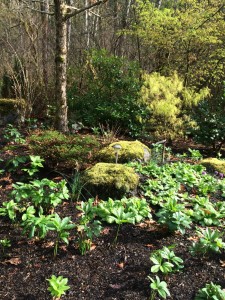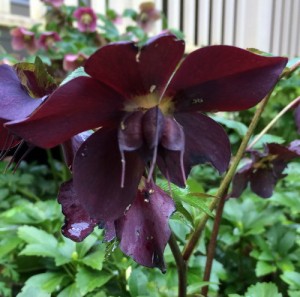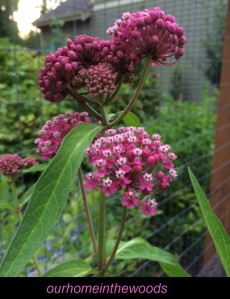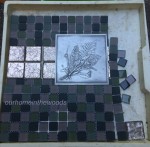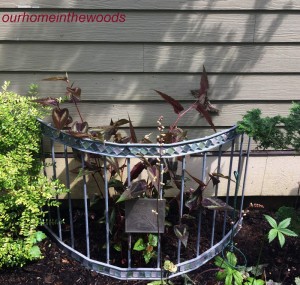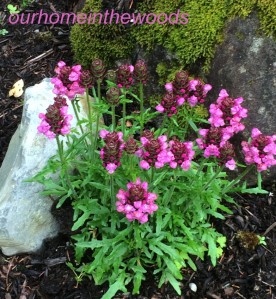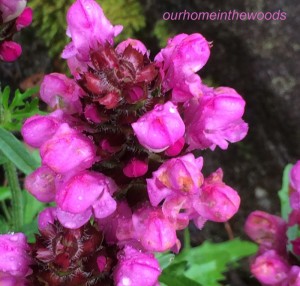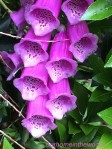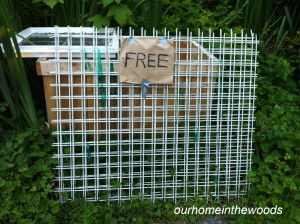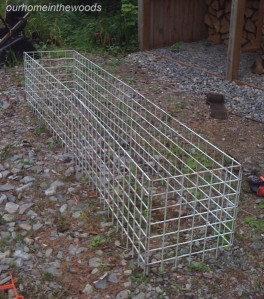
- http://www.postofficefarmnursery.com.
- au/about-hellebores/growing/
Hellebores: A Great Choice for an Early Blooming Evergreen Ground Cover
HELLABORES: Can you ever have enough of them? At ourhomeinthewoods, we have over 500, hellebores, not exaggerating, we really do. We’re not too fussy about varieties although we have about a dozen choice varieites. Most are what would be labeled ‘helleborus x hybridus. Many are young and small but they’ll grow. I saw this great photo on Pinterest that inspired me. I love the mass of evergreen foliage and blooms. This is part of my goal for a garden bed between our driveway and the woods. We have other plantings mixed in with the hellebores. There are about 300 + there now. Many are 2 -3 years old and just blooming for the first time this year. We have raised most from volunteers in our yard. Starting with about a dozen varieties, in many colors, double & single flowers. Most are pinks, whites or variations. I planted them way to close to each other. Why? well, it helps to fill the space now and as they outgrow the space, I will have mature sized hellebores to transplant to other areas as we develop them. This bed will have a very different look by the time the perennials are up and growing.
In our garden, hellebores are a beautiful, easy to grow means to an end. I haven’t studied all the particulars about them. I know the important things: they grow very well in our area, pests don’t seem to be attracted to them, they take care of themselves for the most part and they continue to reseed themselves at the base of the plants and provide us with many more hellebores. One quiet evening I will learn more about hellebores and I will start with this great article by Tony Avent of Plant Delights. (one of my favorite online nurseries) http://www.plantdelights.com/Article/Hellebore-Lenten-Rose/Hellebores/Christmas-Rose/

